Vertical farming is a modern agricultural technique that involves growing crops in vertically stacked layers, using artificial lighting and controlled environmental conditions. This method of farming has gained popularity in recent years due to its ability to produce high yields of fresh produce in a small space, using minimal resources. To achieve this, vertical farms rely heavily on software to manage their operations.
CEA software, or Controlled Environment Agriculture software, is a type of software that is specifically designed for vertical farming. It is used to monitor and control the environmental conditions within the farm, including temperature, humidity, lighting, and nutrient levels. This software is essential for ensuring that crops grow in optimal conditions, which leads to higher yields and better quality produce.
One of the key features of CEA software is its ability to automate many of the tasks involved in running a vertical farm. For example, the software can control the lighting and irrigation systems, adjust the temperature and humidity levels, and even monitor the growth of individual plants. This automation not only saves time and labor costs but also ensures that crops are grown consistently and efficiently.
Another important use of CEA software in vertical farming is data analysis. The software can collect data on various aspects of the farm, such as crop growth rates, nutrient levels, and energy usage. This data can then be analyzed to identify trends and patterns, which can help farmers optimize their operations and improve their yields.
CEA software also plays a crucial role in ensuring food safety and traceability. The software can track the origin of each crop, monitor its growth and harvest, and even track its distribution to retailers and consumers. This helps to ensure that the produce is safe to eat and meets all relevant regulations and standards.
In conclusion, CEA software is an essential tool for managing operations in vertical farms. It enables farmers to automate many tasks, optimize their operations, and ensure food safety and traceability. As the demand for fresh produce continues to grow, the use of CEA software is likely to become even more widespread in the future.

Lighting
Aessence

HVAC
,
Lighting
AgricUltra Advancements
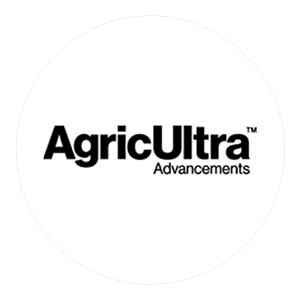
Grow Systems
,
Lighting
AmHydro
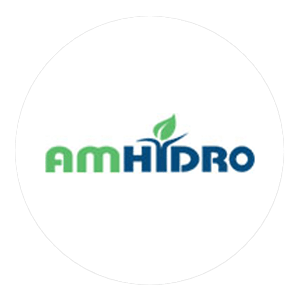
Greenhouse
,
Grow Systems
,
HVAC
,
Lighting
Autogrow
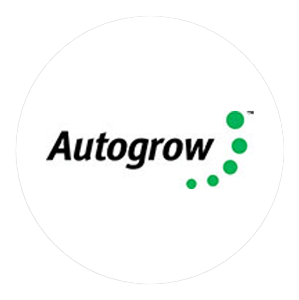
Automation
Box4Grow
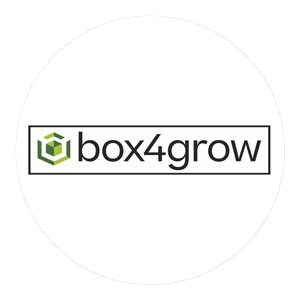
Container Farms
California Lightworks

Lighting
Ceres

Greenhouse
Climate Control Systems by Nebula
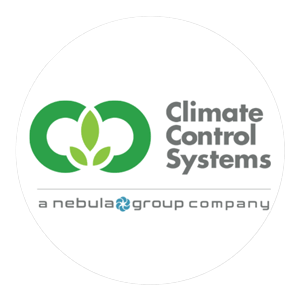
Controls
,
Software
CMC Design Build

Automation
,
Grow Systems
Crecer Lighting

Lighting
Cropboss LED
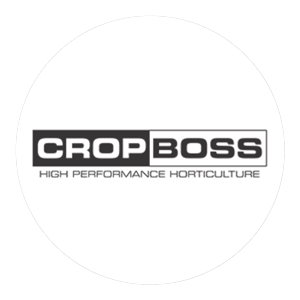
Lighting
CropBox

Container Farms
CropKing
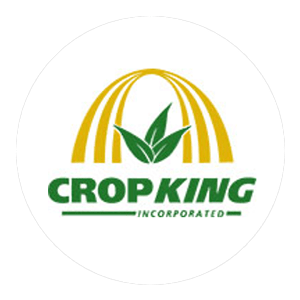
Greenhouse
,
Grow Systems
,
HVAC
,
Lighting
CubicFarms
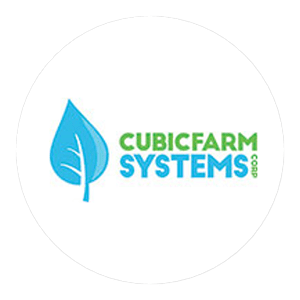
Grow Systems
Cultivatd

Grow Systems
,
HVAC
,
Lighting
Delta9 Systems
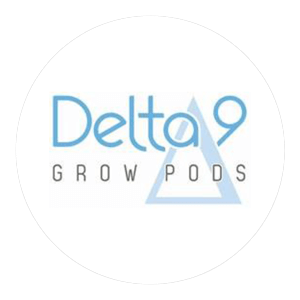
Grow Systems
Dominion Ag
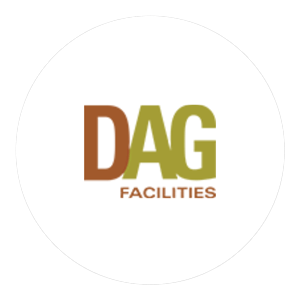
Grow Systems
,
HVAC
,
Lighting
EcoSprout

Grow Systems
EmersonGrow

Lighting
Facility Solutions Group

Controls
,
Lighting
FarmBox Foods
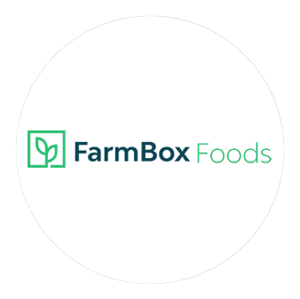
Container Farms
Fork Farms

Grow Systems
GroShed

Grow Systems
Grow Glide

Grow Systems
Grow It Depot
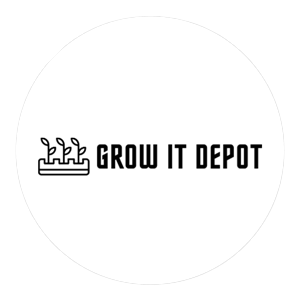
Grow Systems
,
HVAC
,
Lighting
Grow Light Central

Lighting
Grow Pipes

Grow Systems
Grow Pod Solutions
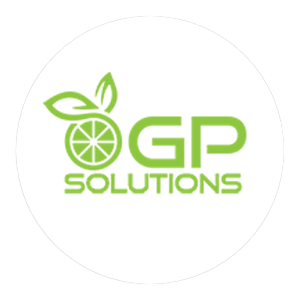
Container Farms
GrowDirector

Controls
,
Software
GrowFlux

Lighting
GrowRay

Lighting
Growtainers

Container Farms
,
Grow Systems
Hamill APS
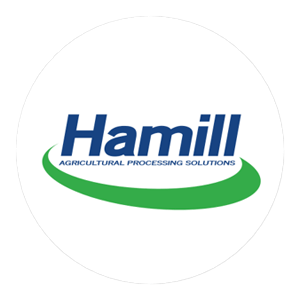
Automation
Happy Hydro

Automation
,
HVAC
,
Lighting
Harvest Today

Grow Systems
Hoogendoorn
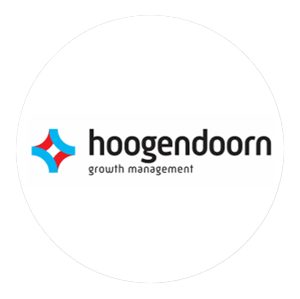
Controls
,
Software
HortiPower

Lighting
HyPAR Farm
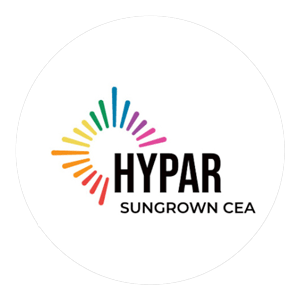
Lighting
iFarm

Grow Systems
,
Lighting
,
Software
Iluminar Lighting

Lighting
Kosmik Energy

Automation
LED Grow Lights Depot

Lighting
LettUs Grow

Container Farms
Light Science Tech

Lighting
MineARC Systems

Grow Systems
National Design Build Service (NDBS)

HVAC
Nelson & Pade

Aquaponics
,
Grow Systems
Netled

Grow Systems
,
Lighting
NewLaVie

Container Farms
,
Grow Systems
,
Lighting
Oreon

Lighting
PowerGrow

Greenhouse
Proximity

Lighting
Pure Greens
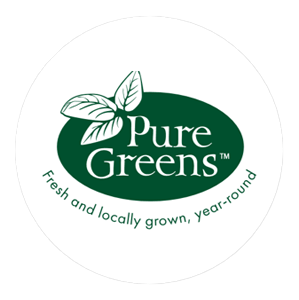
Container Farms
Renegade Plastics

Grow Systems
Rooted Robotics
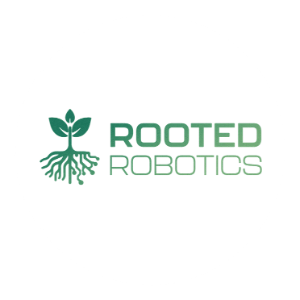
Automation
,
Controls
Sananbio

Grow Systems
,
Lighting
Schneider Electric

Automation
Shipshape Urban Farms
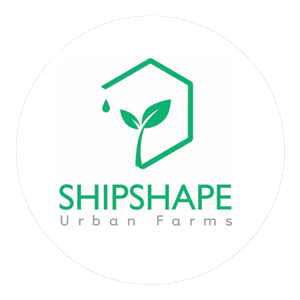
Container Farms
ShoreGrow

Grow Systems
,
Lighting
SpecGrade LED

Lighting
SpectraGrow
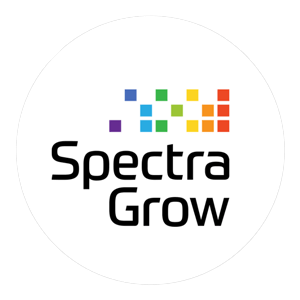
Lighting
StrataGerm Consulting

Consulting
,
Software
TC Control Group
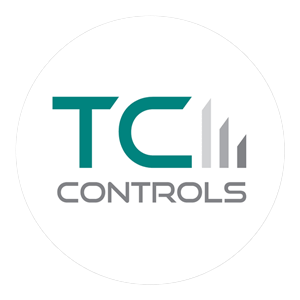
Controls
,
Software
Terrapin

HVAC
TotalGrow Lights

Lighting
Urban Agrotech
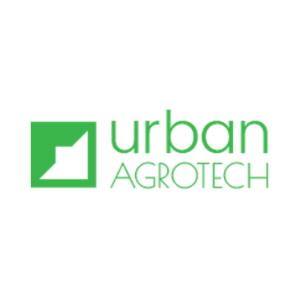
Container Farms
Urban Crop Solutions
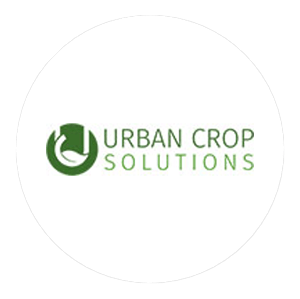
Container Farms
,
Grow Systems
Valoya

Lighting
Verde Compacto

Container Farms
Vertical Farm Systems
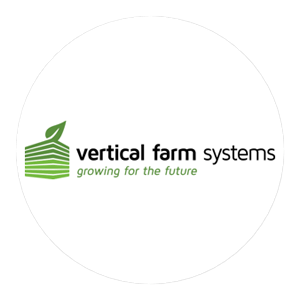
Automation
,
Grow Systems
Vertically Urban

Lighting
VertiGrow
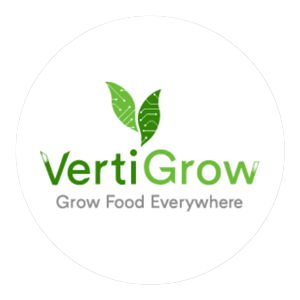
Software
Worldwide Local Salads

Grow Systems
ZipGrow
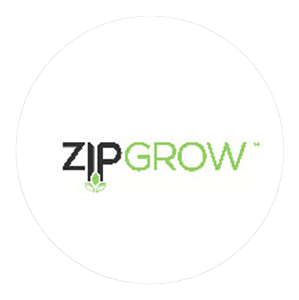
Grow Systems
,
Lighting